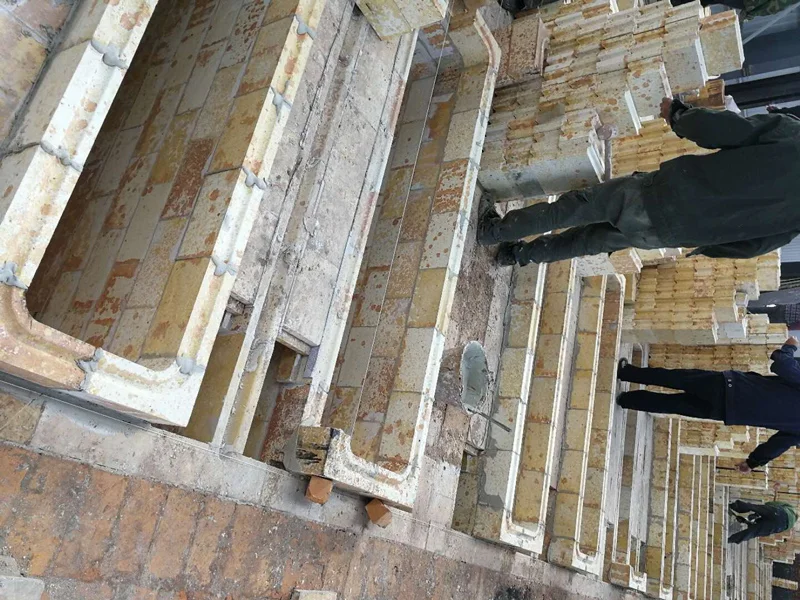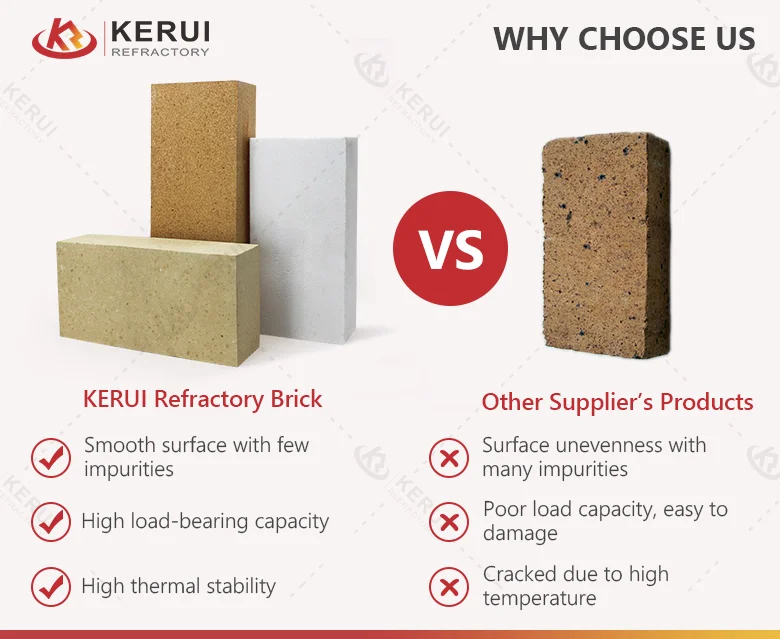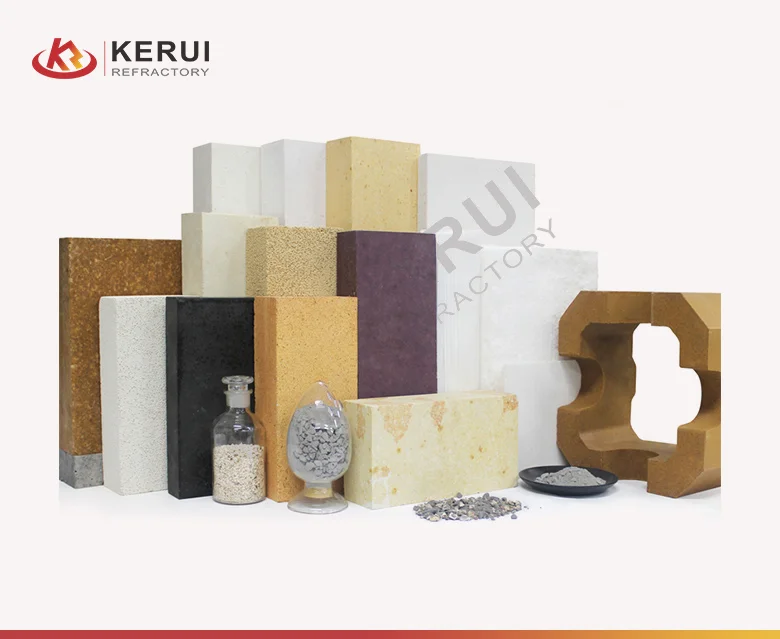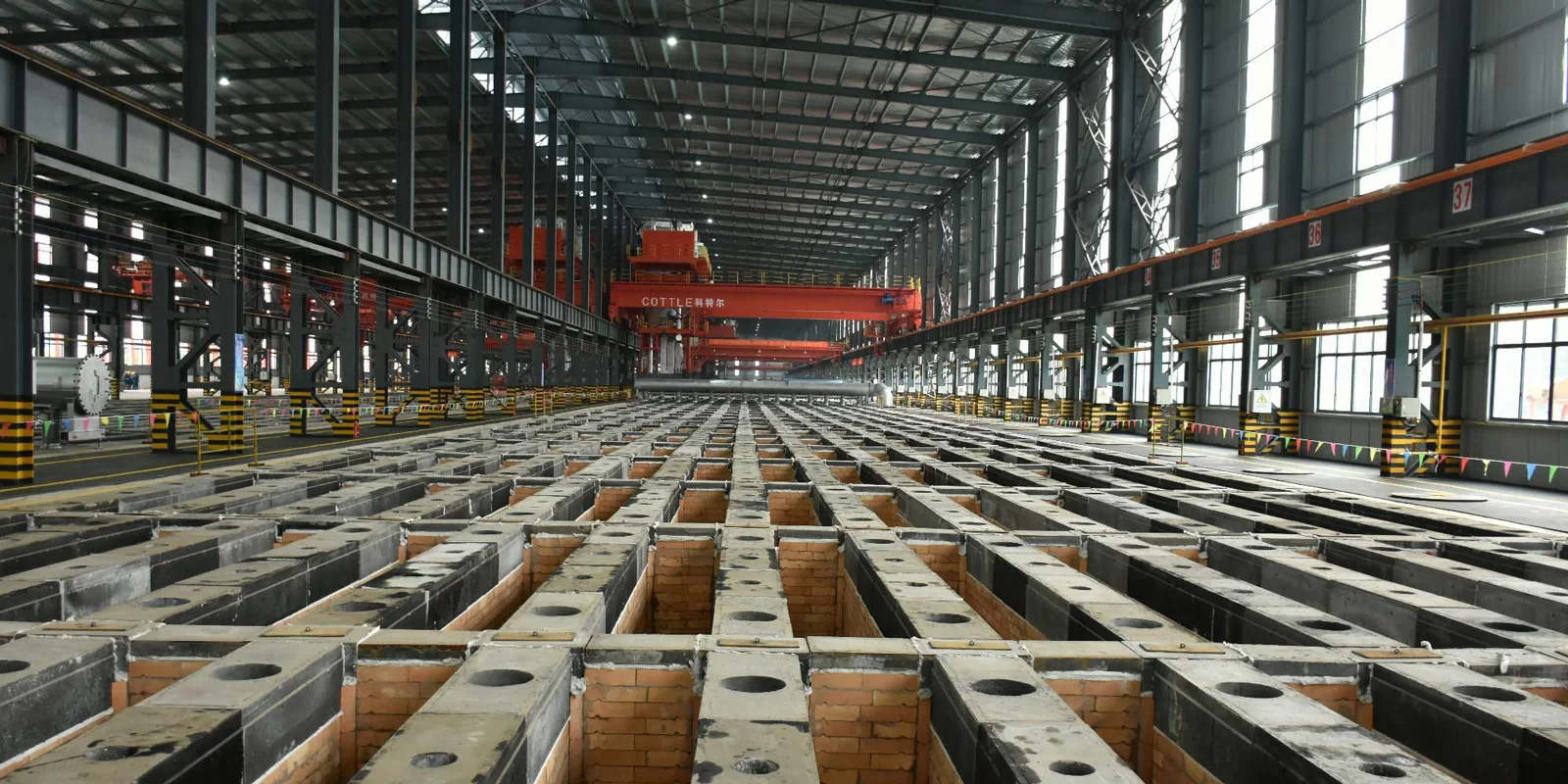During the operation of the carbon roasting furnace, one cycle takes 360 – 480 hours. Refractory products can withstand harsh environments and high-temperature flue gas erosion for a long time. Therefore, the quality of refractory materials is closely related to the service life of the furnace.
2 Major Categories of Carbon Roasting Furnaces
The open ring roasting furnace is a furnace with an annular structure. It has no lid or top and the interior of the roaster is directly exposed to the outside environment. The characteristics of this roasting furnace are easy operation, convenient feeding and unloading. Its working principle is to place the materials inside the furnace and heat and process them under the influence of the external environment.
We can open or close the lid of the roaster with lid. We use it to control parameters such as temperature, atmosphere and gas emissions during the baking process. Covered roasters generally have better temperature control and thermal efficiency. And we equip it with thermal equipment to ensure the stability and efficiency of the baking process. Such as heating elements and temperature control systems.
Refractory Materials for Various Parts of Carbon Roasting Furnace
Carbon roasting furnace is an important equipment for processing and modifying carbon materials in high temperature environments. Therefore, refractory materials are the key to supporting the stable operation of carbon roasting furnaces.
- Inner chamber (furnace): the inner chamber is the part of the carbon roasting furnace that is directly exposed to the high temperature environment. Therefore, it requires the use of refractory materials with excellent high temperature resistance and corrosion resistance. Common choices include silicon carbide refractory bricks, high alumina refractory bricks and andalusite bricks.
- Thermal insulation layer: thermal insulation layer is located between the bore and outer shell. Its function is to reduce heat loss and protect the housing structure from high temperatures. Therefore, we usually use thermal insulation materials at this location to ensure internal temperature stability and energy saving. Such as ceramic fiber board.
- Shell structure: the shell structure is the support and protection part of the carbon roasting furnace. Therefore, it needs to have certain high temperature resistance and structural stability. We typically build from materials such as carbon composites and clay refractory bricks.
- Heating elements: heating elements are key components in providing high-temperature energy. The refractoriness of materials with high temperature resistance and good thermal conductivity usually need to be used around these components as support and protection. This prevents heating element damage and energy loss.


Conclusion
By rationally selecting and matching refractory materials in different parts, the carbon roasting furnace can achieve a stable and efficient production process. Moreover, this provides reliable guarantee for the preparation and application of carbon materials.
